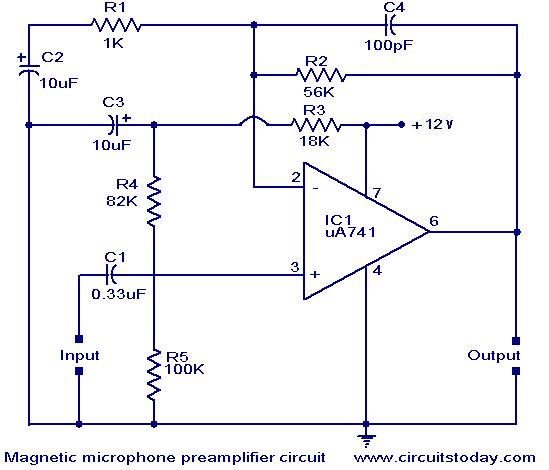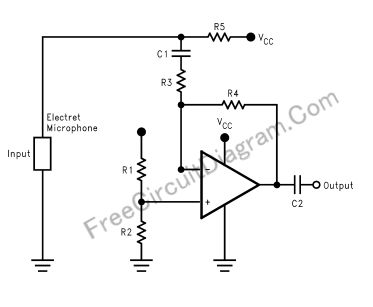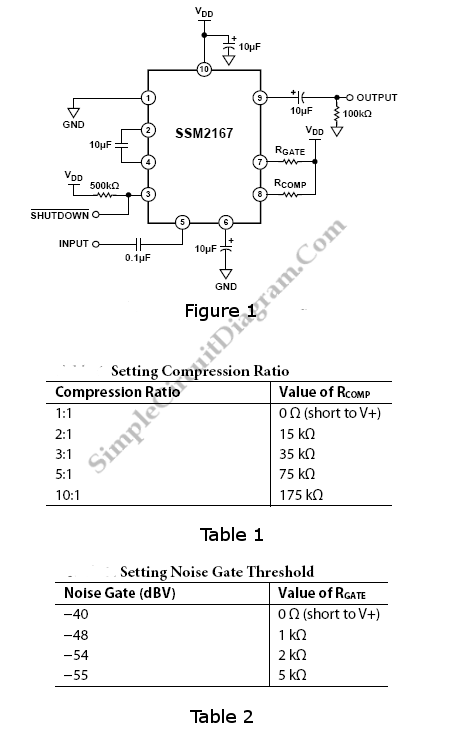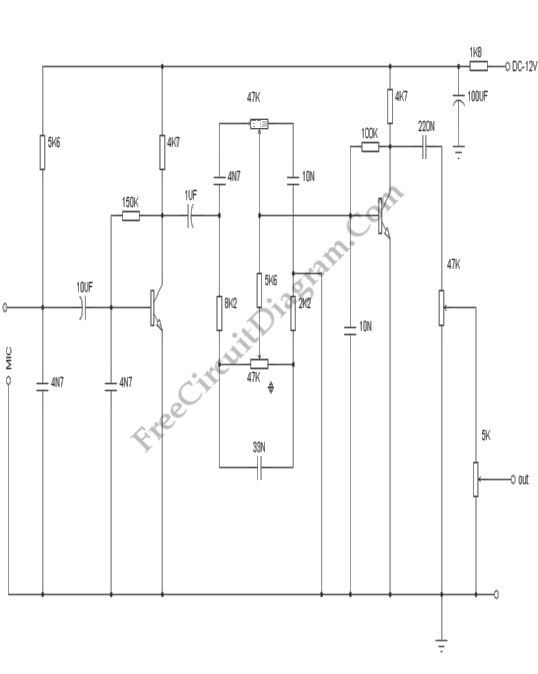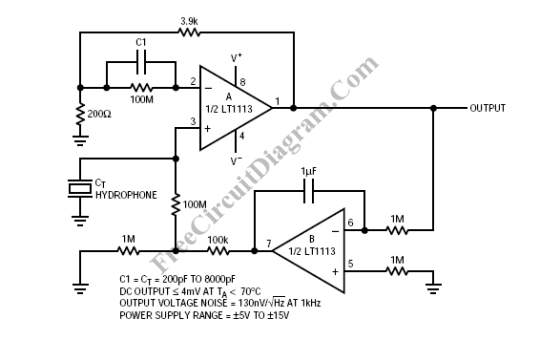
Tandy PZM mics pre-amp
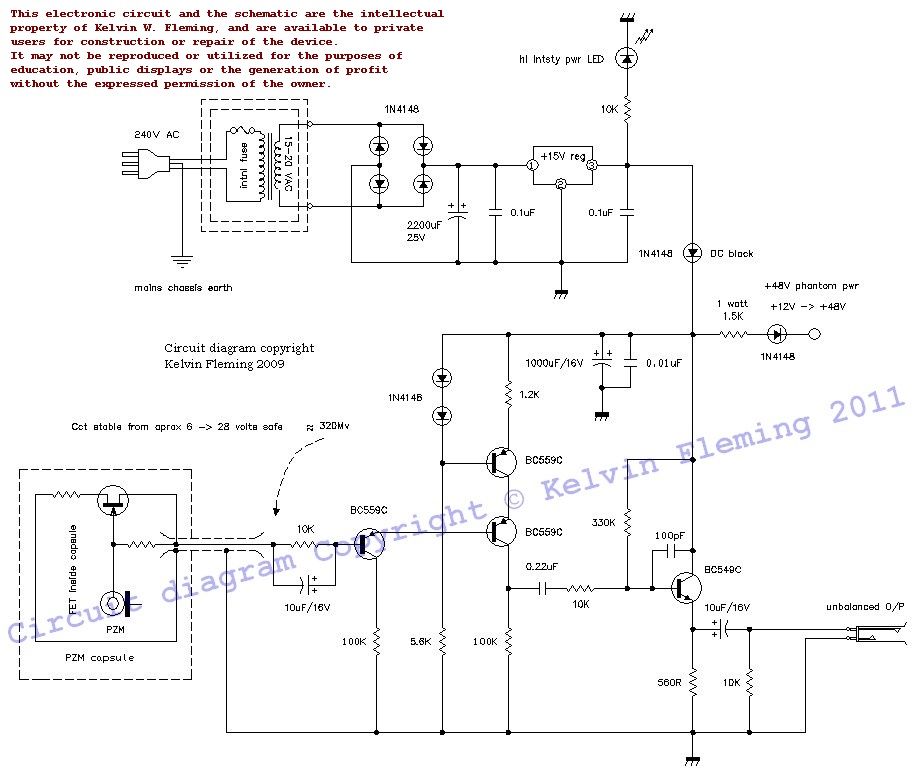
The Sennheiser Dummy Head Stereo recording represented a significant advancement in the concept of audio recording at its time, allowing for the reproduction of three-dimensional sound as perceived by human ears. An individual recently contacted regarding this topic mentioned that both the Tandy and Crown Pressure Zone Microphones (PZMs) utilized identical piezo modules sourced from the same manufacturing facility. It was noted that the highest quality modules were designated for Crown models, while the remaining units were used in the more economical Tandy versions. This distribution of quality was likely viewed as a commercial strategy to minimize waste. The modules are affixed to durable metal plates, and some have been reinforced with two-part epoxy adhesive. The wooden wedges supporting the microphones are backed with robust Oregon wood. These microphones are characterized by a vibrant and warm sound profile, which, although slightly distorted by audiophile standards, compensates with rich spatial information. Many overdubs on the 'Sheds' album were recorded using this device, capturing the acoustic properties of lead guitar and the output from guitar amplifiers. A malfunction occurred when one microphone failed due to an open circuit in the audio transformer of the battery-powered module, presenting a significant setback. Replacement boundary microphones from Radio Parts were found to be overly harsh and lacked an on/off switch, prompting the desire to replace the module with a powered preamplifier to provide power to the PZM microphone and retrieve the audio signal. A constant current Darlington circuit was implemented successfully, resulting in a noisier output (approximately 8-10 dB more than the original) but with a smoother high-end response devoid of inexpensive audio transformers. The circuit is straightforward and cost-effective to construct. While other similar circuits exist online, one incorrect assertion claimed that the PZMs operated with a positive earth configuration, which proved detrimental to the piezo elements. Fortunately, reverting to a negative earth configuration caused no damage. The microphones output their signal and receive power through a single unbalanced conductor, consisting of an earth shield and a positive line. This necessitates a constant current source to ensure that any variations in current draw are represented as voltage fluctuations. The circuit was housed in an old computer power supply enclosure, featuring a small regulated +15V linear power supply. It is also compatible with phantom power supplied through the microphone lead; however, the low impedance output buffer transistor (a BC549C) consumes considerable current and may require modifications for optimal phantom power operation. Adjusting the emitter resistor from 560 ohms to approximately 4.7k ohms, with the base connected between two 470k resistors as a voltage divider, is recommended, as phantom power allows a maximum current draw of 10mA or less. Additionally, balanced outputs can be incorporated into the circuit if desired.
The Sennheiser Dummy Head Stereo recording system utilizes a unique approach to capture audio spatially, relying on the principles of binaural recording. The PZM microphones, designed to pick up sound from all directions, are particularly effective in mimicking human hearing. The piezoelectric elements convert acoustic energy into electrical signals, which are then processed by the preamplifier circuit. The constant current design ensures that the microphones operate efficiently, maintaining a stable output level regardless of variations in the acoustic environment.
The choice of materials, such as the Oregon wood for reinforcement, enhances the durability and acoustic properties of the microphones. The epoxy bonding of the piezo modules to the metal plates further contributes to the stability of the assembly, allowing for consistent performance during recordings. The implementation of a linear power supply provides clean power to the system, minimizing noise that could interfere with audio quality.
In practical applications, the versatility of the circuit allows for integration with various recording setups, making it suitable for both studio and live environments. The ability to adapt the circuit for phantom power operation expands its usability across different audio equipment, emphasizing its relevance in modern audio engineering. Overall, the Sennheiser Dummy Head Stereo recording system represents an innovative solution for high-fidelity sound capture, leveraging advanced circuit design and material selection to achieve superior audio reproduction.The Sennheiser Dummy Head Stereo recording was a huge breakthrough in the concept of recording at the time. It enabled the reproduction of 3D information as our ears perceive it. The other day I received an email from someone who happened upon this page. He reliably informed me that the Tandy PZMs and the Crown ones used identical piezo modules s ourced from the same factory. Apparently the best ones were selected for the Crowns, and the rest were relegated to the cheap Tandy models. So there you have it - quality was spread to the masses because it was probably seen as a good commercial opportunity to `minimize waste`!
The modules are just screwed to the hard metal plates and some of them stripped so I glued them on with two part epoxy. The wooden wedges are reinforced with massive oregon pieces at the back. These mics have a particular sound characterised by vibrancy and warmth. They are a bit distorted by audiophile standards but the spatial information makes up for it. Many of the overdubs on the `Sheds` album were done with this device, and you can here the mics picking up the acoustic qualities of some of the lead guitar as well as the sound from the guitar amps.
One day I found one of the mics had failed, the problem being that the little audio transformer in the battery powered module had gone open circuit. This was a disaster for me! I bought some new type boundary mics from Radio Parts but I think they are a bit harsh - and still powered by a small lithium battery - with no on / off switch!.
I decided that it would be good if I could replace the module with a powered preamp to both supply power to the PZM mic and retrieve the signal. I did this by supplying the mics with a small constant current Darlington circuit. It worked a treat. The preamp is noisier than the original ones (by about 8 - 10dB), but the the top end is smoother without the cheap audio transformers.
The circuit is simple and you can build it for two bob. There are other circuits on the net about the same idea but the one I found asserts that the PZMs run with a +ve earth. This is totally wrong for the ones I have. I tried it and they just fizzle - bad news for a piezo. Fortunately there was no damage when put around with a -ve earth again. The mics supply a signal out and get their power on the same single unbalanced wire. Just an earth shield and positive line. That`s how come they need a constant current source, so that any fluctuation in current drawn is reflected back as a voltage variation.
I built it into an old computer power supply box (right ->) with a small regulated +15V linear power supply. It will also run on phantom power via the mic lead, although the low impedance output buffer transistor (a BC549C in the circuit) draws a fair bit of current, and would have to be modded a bit to run better on phantom power.
It`s just a matter of changing the emitter resistor from 560 ohms up to about 4. 7K, with the base sitting between two 470K resistors as a voltage divider. Phantom power allows a maximum of 10mA or less. Balanced outputs can easily be added to the circuit if required. 🔗 External reference
The Sennheiser Dummy Head Stereo recording system utilizes a unique approach to capture audio spatially, relying on the principles of binaural recording. The PZM microphones, designed to pick up sound from all directions, are particularly effective in mimicking human hearing. The piezoelectric elements convert acoustic energy into electrical signals, which are then processed by the preamplifier circuit. The constant current design ensures that the microphones operate efficiently, maintaining a stable output level regardless of variations in the acoustic environment.
The choice of materials, such as the Oregon wood for reinforcement, enhances the durability and acoustic properties of the microphones. The epoxy bonding of the piezo modules to the metal plates further contributes to the stability of the assembly, allowing for consistent performance during recordings. The implementation of a linear power supply provides clean power to the system, minimizing noise that could interfere with audio quality.
In practical applications, the versatility of the circuit allows for integration with various recording setups, making it suitable for both studio and live environments. The ability to adapt the circuit for phantom power operation expands its usability across different audio equipment, emphasizing its relevance in modern audio engineering. Overall, the Sennheiser Dummy Head Stereo recording system represents an innovative solution for high-fidelity sound capture, leveraging advanced circuit design and material selection to achieve superior audio reproduction.The Sennheiser Dummy Head Stereo recording was a huge breakthrough in the concept of recording at the time. It enabled the reproduction of 3D information as our ears perceive it. The other day I received an email from someone who happened upon this page. He reliably informed me that the Tandy PZMs and the Crown ones used identical piezo modules s ourced from the same factory. Apparently the best ones were selected for the Crowns, and the rest were relegated to the cheap Tandy models. So there you have it - quality was spread to the masses because it was probably seen as a good commercial opportunity to `minimize waste`!
The modules are just screwed to the hard metal plates and some of them stripped so I glued them on with two part epoxy. The wooden wedges are reinforced with massive oregon pieces at the back. These mics have a particular sound characterised by vibrancy and warmth. They are a bit distorted by audiophile standards but the spatial information makes up for it. Many of the overdubs on the `Sheds` album were done with this device, and you can here the mics picking up the acoustic qualities of some of the lead guitar as well as the sound from the guitar amps.
One day I found one of the mics had failed, the problem being that the little audio transformer in the battery powered module had gone open circuit. This was a disaster for me! I bought some new type boundary mics from Radio Parts but I think they are a bit harsh - and still powered by a small lithium battery - with no on / off switch!.
I decided that it would be good if I could replace the module with a powered preamp to both supply power to the PZM mic and retrieve the signal. I did this by supplying the mics with a small constant current Darlington circuit. It worked a treat. The preamp is noisier than the original ones (by about 8 - 10dB), but the the top end is smoother without the cheap audio transformers.
The circuit is simple and you can build it for two bob. There are other circuits on the net about the same idea but the one I found asserts that the PZMs run with a +ve earth. This is totally wrong for the ones I have. I tried it and they just fizzle - bad news for a piezo. Fortunately there was no damage when put around with a -ve earth again. The mics supply a signal out and get their power on the same single unbalanced wire. Just an earth shield and positive line. That`s how come they need a constant current source, so that any fluctuation in current drawn is reflected back as a voltage variation.
I built it into an old computer power supply box (right ->) with a small regulated +15V linear power supply. It will also run on phantom power via the mic lead, although the low impedance output buffer transistor (a BC549C in the circuit) draws a fair bit of current, and would have to be modded a bit to run better on phantom power.
It`s just a matter of changing the emitter resistor from 560 ohms up to about 4. 7K, with the base sitting between two 470K resistors as a voltage divider. Phantom power allows a maximum of 10mA or less. Balanced outputs can easily be added to the circuit if required. 🔗 External reference

